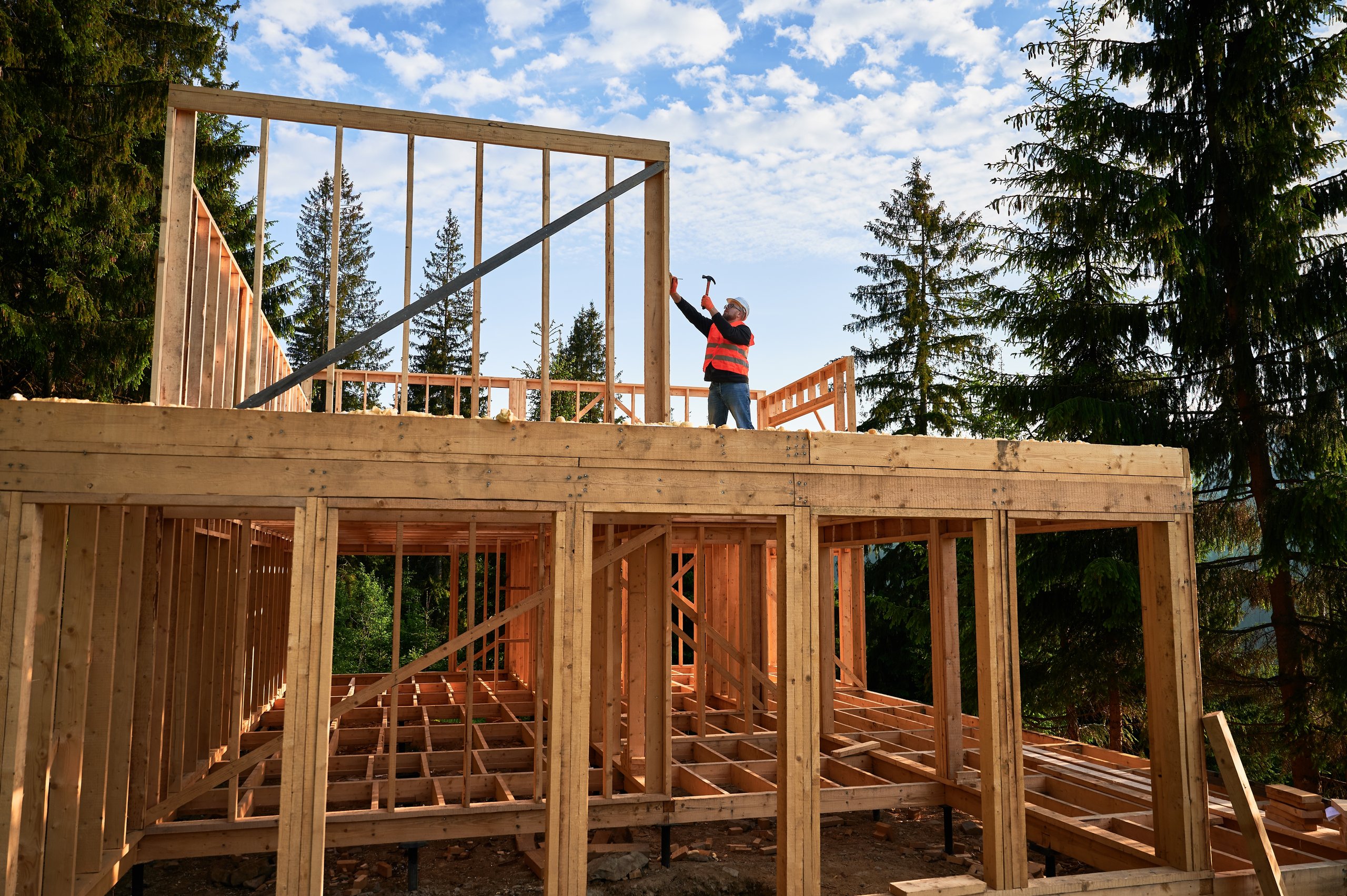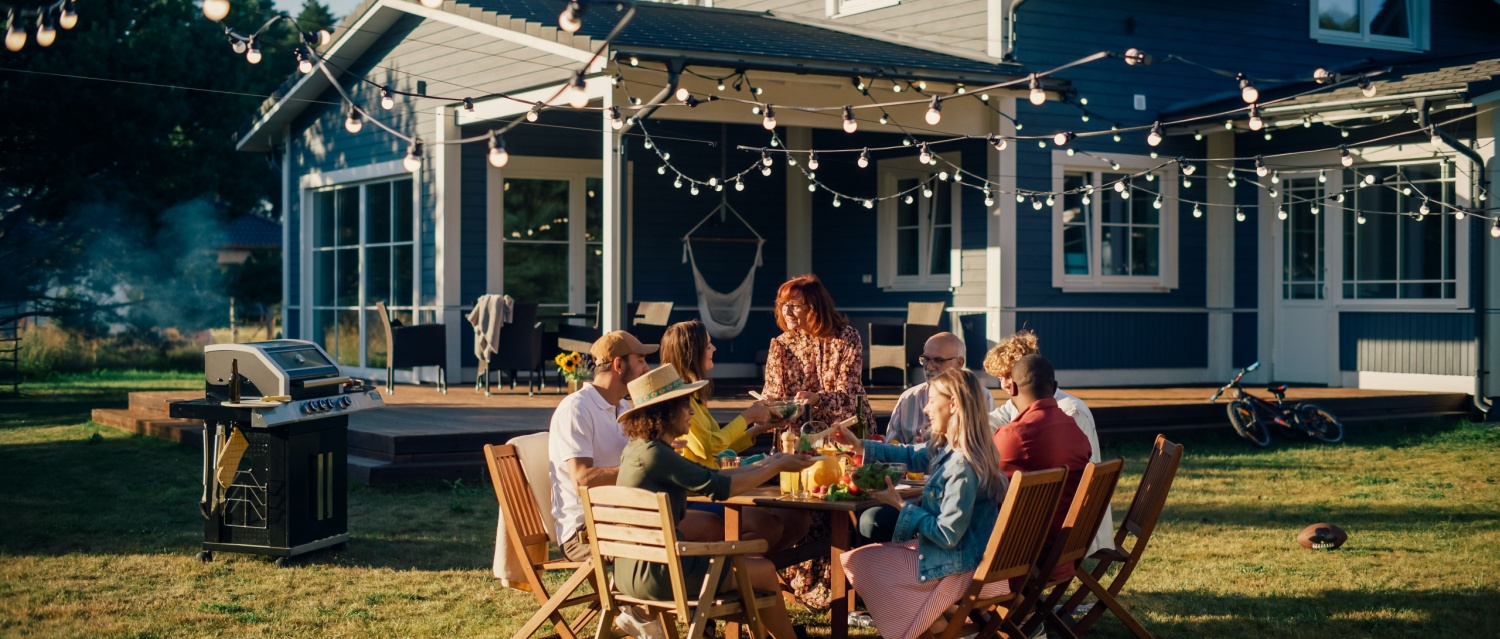If you’re thinking of buying land to build in the UK, you’ll need to understand how to find a plot, how the planning system works and what the true costs are in 2025.
If you’ve ever imagined designing and building your own home in the UK, buying land to build gives you the ultimate freedom. But freedom doesn’t mean it’s easy. You’ll need to understand how to find a suitable plot, secure planning permission, manage costs and assemble the right team of professionals. This article brings you up to date with the UK market in 2025, offers practical advice and highlights what you’ll need to watch out for when buying land to build.
Where to begin when buying land to build
The good news is that anyone who is not restricted by sanctions can buy land or a plot in the UK. The tricky part is whether you will be allowed to build on it. Overseas buyers have the same basic rights to acquire land as residents, but plots that already carry planning permission can be hard to find, and you should absolutely engage a specialist lawyer before you commit.
When it comes to locating a plot, begin with established land-sale portals. Many property sites now list buildable plots. Also contact local estate agents in your target region; they often know of sites before they hit the portals. Your local architect and surveyor can also be invaluable, because they hear of potential plots ahead of time.
A more proactive strategy is to visit the areas you like and look around for opportunities – perhaps a site with a semi-derelict building that could be knocked down. Talk to neighbours: you might discover someone who’s selling land but hasn’t advertised it yet. Don’t forget the local council: under the UK’s self-build regime, local authorities must publish their planning-application lists, many of which can be found online.
Working with the right professionals
Once you have a plot under consideration, you’ll need to build a strong team. Look for professionals who belong to recognised bodies: for example, choose a chartered surveyor who is a member of the Royal Institution of Chartered Surveyors (RICS) to assess whether the land is genuinely suitable for building; an architect registered with the Architects Registration Board (ARB); and a builder listed with the Federation of Master Builders or the National Federation of Builders (NFB).
In practice, sourcing at least three detailed quotes can be difficult on complex self-builds – many builders won’t invest detailed time unless they believe they will win the job. Instead, you can rely on word-of-mouth referrals, pop in to recent builds, ask to see finished homes and check online reviews. Make sure you understand their contract terms, responsibilities and how variations will be handled.

What the planning and plot market look like in 2025
When you’re buying land to build, you need to be aware of the planning environment and the nature of the plot (greenfield vs brownfield). Here’s a useful comparison:
| Factor | Greenfield site | Brownfield site |
|---|---|---|
| Previous use | Open land or agricultural; rarely built on | Former industrial, commercial or built-on land |
| Planning risk | Higher risk – often within green belt or subject to stricter controls | Lower in some cases, but may involve remediation or higher ground-works costs |
| Typical additional costs | Access roads, utilities may be remote, possible tree / habitat protection | Contamination cleanup, demolition, specialist foundations |
| Advice | Check local authority policy on green-belt building; engage planning consultant early | Ensure surveys cover pollution, subsidence, verify utility access/easements |
Government data for England shows that as of 30th October 2024, there were 64,851 individuals on local authority self-build and custom-build registers – up 2% from the previous year. 4,302 planning permissions were granted in 2023-24 for serviced plots suitable for self- and custom-build, a drop of 18% year-on-year.
In Q1 2025 the number of home-building sites granted planning permission in England was a new record low with just 2,064 sites approved – a 16% quarter-on-quarter drop. This means you should allow more time (and risk) for the planning process when buying land to build.
Understanding cost when buying land to build
When buying land to build on, getting your budget right is critical. Build costs per square metre in the UK in 2025 vary depending on specification, region, and site complexity, however, current industry guidance shows ranges of around £1,800-£3,000+ per m² for the build alone. In the UK, the average cost per m² is around £2,387.50 and it costs around £358,125 to build a four-bedroom house.
When setting your budget, ensure you include:
- Plot purchase price + legal fees + Stamp Duty (if applicable)
- Professional fees (architect, consultants, planning)
- Site preparation (groundworks, utilities), builder’s preliminaries, internal finishes.
Final thoughts when buying land to build
Buying land to build your own home in the UK remains a compelling option – especially if you’re looking for something tailored to your lifestyle rather than ready-made. But it demands realistic planning, time and budget-discipline. Make sure you don’t under-estimate the risks: planning delays, ground problems, higher build costs, access issues and utility connections can all add up.
Because self-build demand remains strong while permissions are down, you’ll benefit from thorough research, early professional support and building in a comfortable contingency margin. With the right approach you can turn the process of buying land to build into a rewarding adventure.









